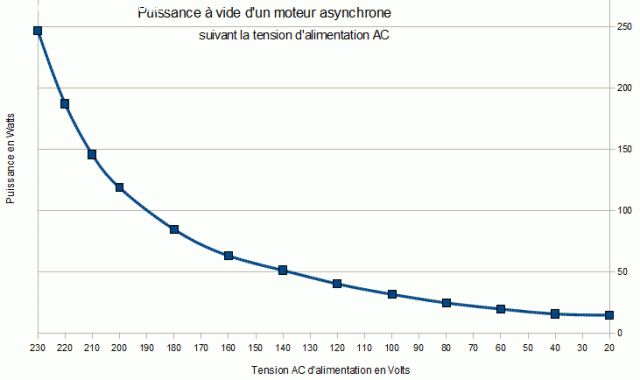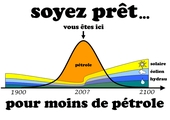Is that three-phase is a necessary condition to vary the power of an asynchronous motor?
No
For this, transformers (called auto-transformers) controlled by servomotor or chopping systems by triacs / thyristors (called electronic speed regulators) are used.
Manual and automatic voltage regulators.
The vast majority of these systems only equip small fans. They allow adjustment from 0 to 100%.
Please note, however, that the motor must initially be designed to operate at variable voltage. In fact on standard motors, the drop in voltage results in an increase in the current which is inadmissible for the motor.
The phase chopping adjustment system creates harmonics which not only disturb the operation of the motor, but pollute the distribution network. Adjustment by transformer does not, however, create a harmonic.
Price is the main advantage of these regulation systems.
Transformer systems allow adjustment of the speed in stages, while phase chopping systems allow continuous progressive adjustment. However, care must be taken not to start on a low speed at the risk of destroying the engine.
The energy performance of these systems is not good
Frequency converters
The most favorable speed regulation from the energy consumption point of view is that obtained with a frequency converter.
source:
http://www-energie.arch.ucl.ac.be/CDRom ... tventi.htm
purchase:
http://www.technic-achat.com/boutique/f ... e=59&num=1
Documents:
http://www.technic-achat.com/boutique/p ... m_actus=10






